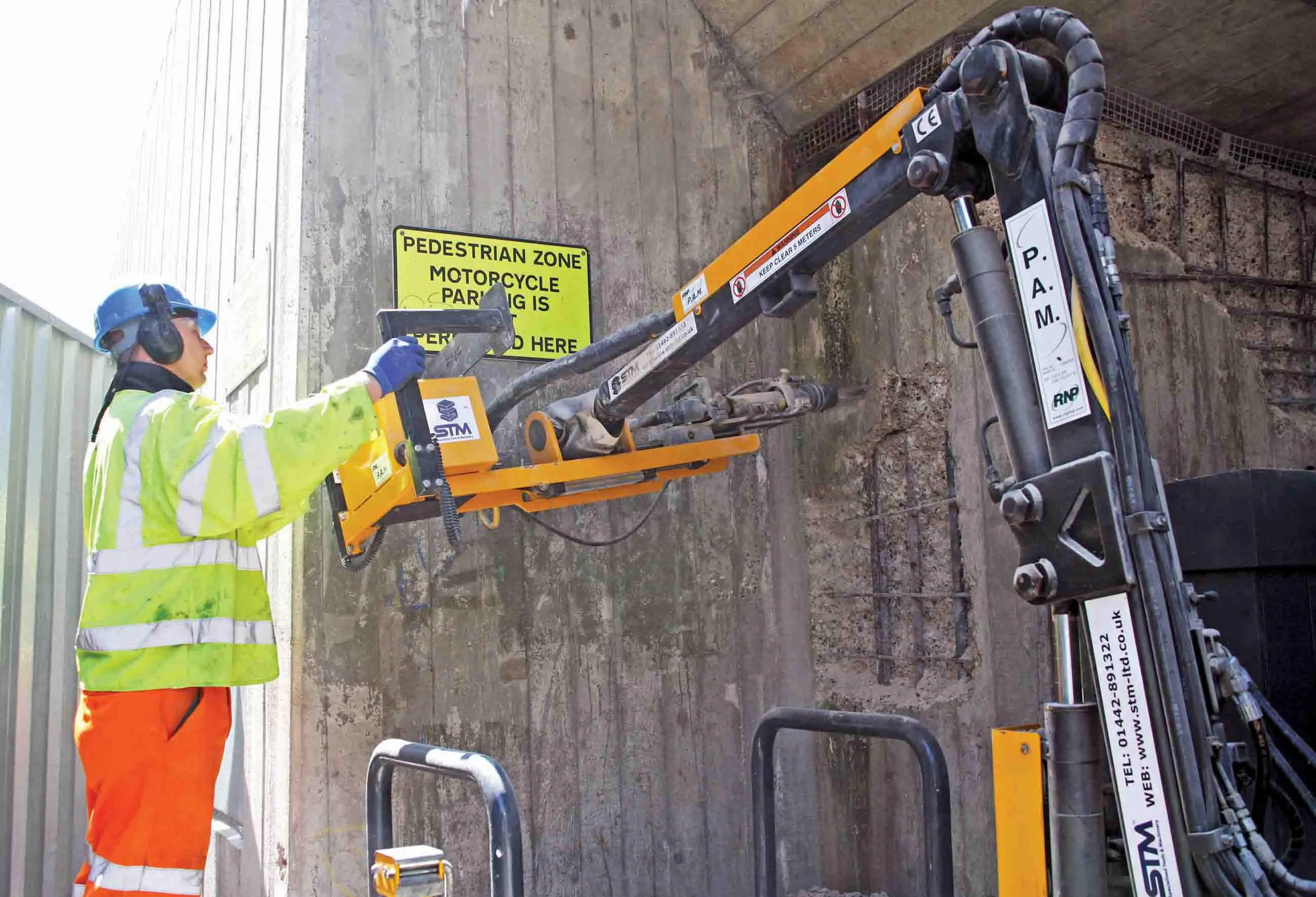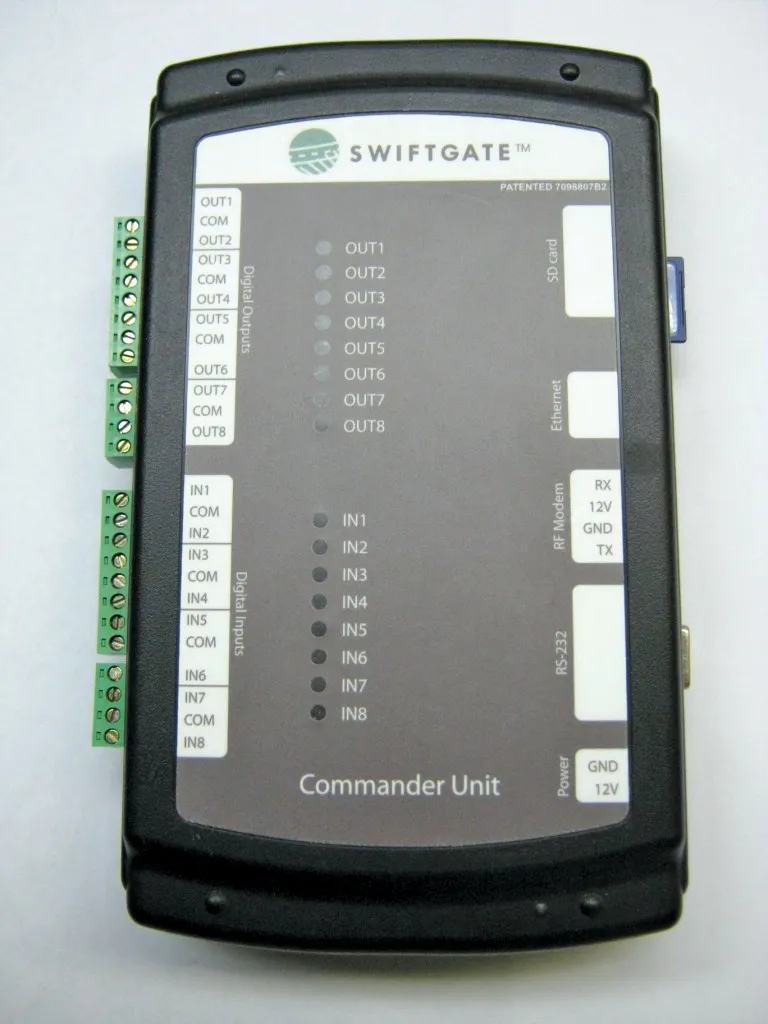
The crane-and-bucket combination is positioned on its own 3m removeable wall section and provides a 9.15m reach and a capacity of 3900kg at base and 680kg at 9.15m. The unit can be operated from the ground or bucket via wireless controls. The bucket can be rotated out of the way or removed when not in use. Physical Stop points ensure that the crane and bucket do not encroach on live lanes.
It also allows for safe access in live traffic because of an insulated bucket for maintenance activities such as under bridge inspections, ITS/lighting and jet fan inspections in road tunnels, light poles inspection/lamp replacement, ITS signage and tolling gantrys.
The crane enables work crews to conduct activities such as guard rail and crash cushion replacement efficiently in a safe environment. This reduces the need for additional safety assets, cuts down operational times onsite and minimises lane closures.
The barrier can also be rapidly deployed as an incident management device. The high walls of the MBT-1 minimises the ‘rubbernecking’ that occurs when motorists drive past incident scenes, often creating secondary incidents.
An MBT-1m version has been designed for security and defence applications. With around 455kg of strength and up to nearly three metres high, the MBT-1m can stop a car, pickup truck or larger vehicle in a direct 90o impact of at least 70kph, according to the manufacturer based in the US state of Colorado. It’s capable of stopping or deflecting even more, particularly when angled to the approach. The MBT-1m will also withstand small arms fire and can provide high levels of blast protection.








